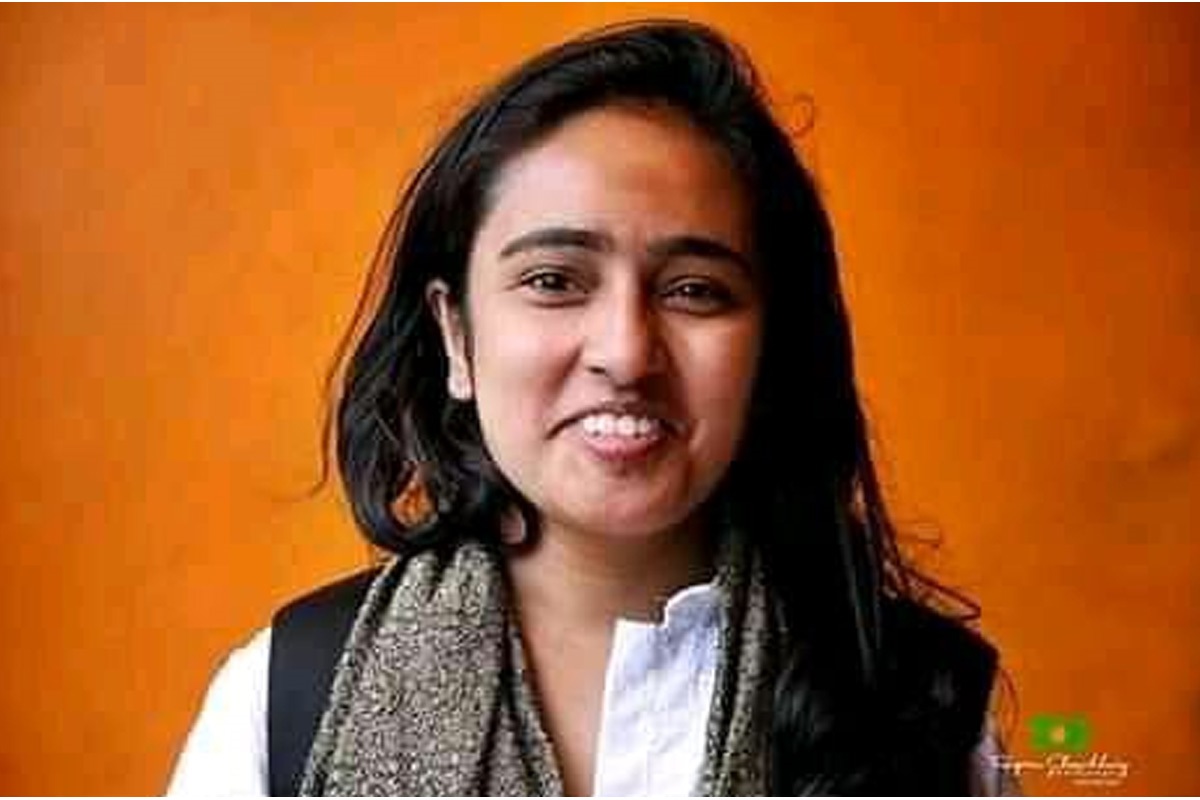A vote for BJP will ensure Tripura’s prosperity: PM to Agartala electorate
Modi claimed that the North East policy of the Congress and the Communists was a Loot East policy, which the BJP buried 10 years back and initiated an Act East Policy.
Tripura’s culture is best reflected in the everyday life, which includes clothes, food, habits, and ornaments.

Who doesn’t love jewellery? Apparently, everybody does! But the people of the North-eastern state of Tripura seem to be in love with jewellery as much as the hand-made clothes, which they make for themselves. For those among us, who don’t think twice before going online and buying a dress, this might sound eclectic.
Well, Tripura, one of the Seven Sisters of N-E India, a tiny hill-state bordered by Bangladesh on 3 sides, is home to many such interesting facts that dot the way of life for the people of the state.
Tripura’s culture is best reflected in the everyday life, which includes clothes, food, habits, and ornaments. And it took a Doctoral student, Pamela Dasgupta, to unveil it to the rest of the world, through her detailed research study on Tripura’s diverse culture.
Advertisement
Pamela is a student at the Fine Arts department of Assam University, Silchar. Fluent in Bengali, Hindi, and English, Pamela is an enthusiastic painter as well, who loves to create beautiful murals on the cityscape. Besides, she is known for organizing painting workshops in Bangladesh as well. It is her love for painting that inspired her to focus her research study on the culture and handicrafts of Tripura state.
The study, titled “Art and Ethnicity of Tripura”, was meant to “highlight the diverse culture of Tripura and bring to light its art, heritage, and ethnicity.”
Tripura is known as the land of tribes or ‘Tribal Land.’ Apart from being bestowed with natural beauty, rich cultural heritage, and traditional/religious practices of various communities, the state is home to 19 categories of Tripura tribes.
There are 19 Tripura tribes in all – Bhutia, Chaimal, Chakma, Garo, Halam, Jamatia, Khashia, Lepcha, Tripuri, Reang, Bhil, Kuki, Mog, Lushai, Munda, Noatia, Orang, Santal, and Uchai. Each one of these tribes performs its rituals in its own particular manner, giving rise to multiple ways of life within the gamut of a state.
The culture of Tripura as a whole is a blend of various Ethno-Linguistic groups such as Tripuris, Jamatia, Noatia, Darlong, Murasing, Kuki, Mog, Chakma, Reang, Usai and Santal. There are mainly two groups of people in the state – Indo-Aryans (who are Bangladeshi) and Indo-Mongoloids.
Tripura is the oldest among the erstwhile ancient 600 states of India and it was merged with an Independent India in the year 1949. After being declared a Union Territory on July 1, 1963, Tripura attained the full-fledged status of a State of the Indian Union on January 21, 1972, opening the doors to one of the most diverse lands in N-E for every one officially.
Tripura, known as the ‘Kiratdesh” in ancient times, was mostly ruled by the Manikya dynasty for thousands of years. Scholars have divided Tripura’s history into four parts – mythological, ancient, historical, and modern periods. One of the most significant chronicles to be written on this state is “Rajmala”, which contains the 500-year-old history of the kings who have ruled this region.
The state is known for the simplicity of life, which is reflected in every activity pursued by the tribal community. Among these, the tribal women’s activities stand out. Activities like dancing, singing, cultivation, use of instruments, making a tribal home (Tong), creating beautiful jewellery or making dresses for themselves, mark the influence of simplicity, eco-relief, and nature on the Tripura way of life.
However, with the passage of time and the advent of modernity, education is one thing that has gained importance in their lives. But their love for culture and tradition remains unchanged. One of the highlights of Tripura’s society is the influence of Bengali culture and tradition, which is also represented in the Bengali people being the largest non-tribal community of Tripura.
Talking about the need to carry out such research, Pamela says, “Since the beginning of human life, culture and society have been integral to livelihood. Though in the past, culture was not specific to any particular activity, at present, it has become crucial to maintaining it as a particular entity in life. Culture can be binding sometimes and at other times, it can lead us to freedom of thought as well. The people of Tripura, especially the tribals, have been living there since ancient times. It is their age-old connection with the land and its culture that inspired me to write my research paper.”
Some of the most significant findings of her research are as follows:
In Pamela’s words, “The folk practices and activities of the people of Tripura state would tell you all about the various parts of daily life. From their daily struggle to celebrating every ritual, from performing dances or wearing traditional costumes to enjoying showing off the local ornaments designed by themselves, the tribal people of Tripura live their history through their daily life, every single day.”
Advertisement